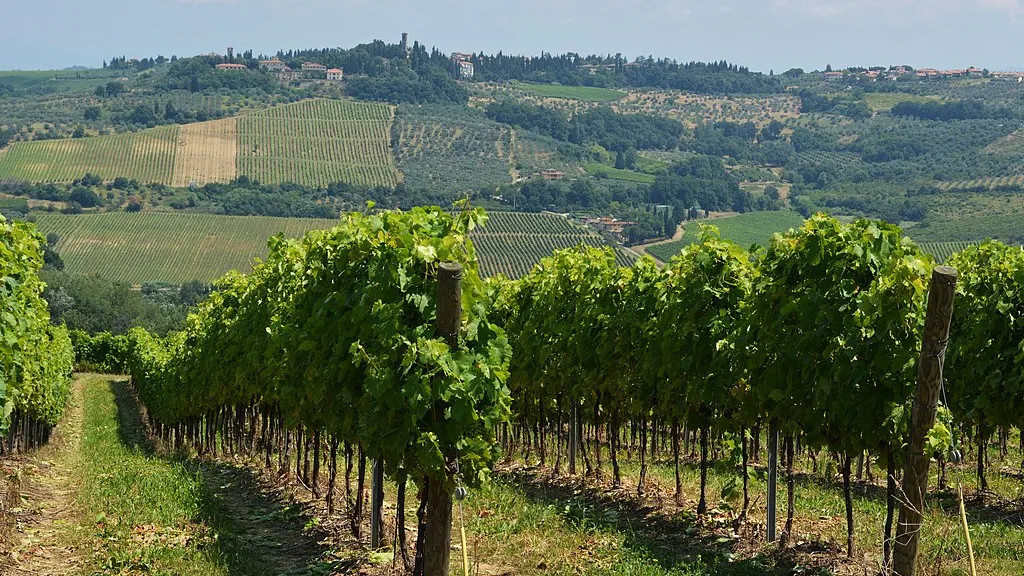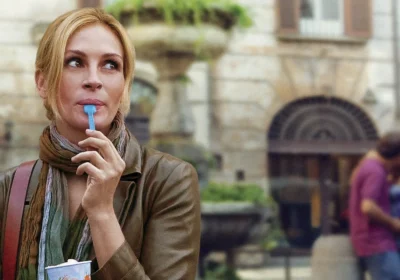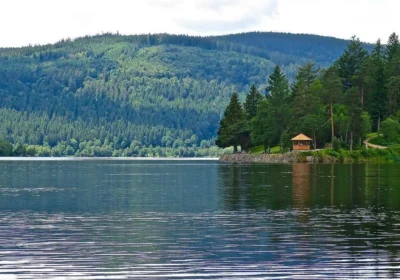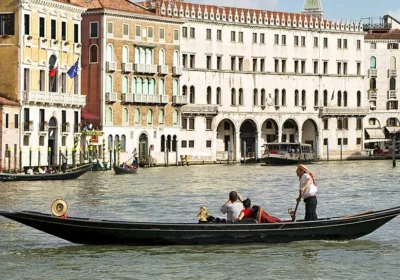Home of the Renaissance, Tuscany plays an important role in Italian identity. It also produces some of Italy’s boldest and most vibrant red wines, which are inextricably linked to the region’s rich history of art and religion. The vineyard-lined hills and valleys have been immortalized by famous artists throughout the centuries.
Chianti and Chianti Classico
Both Chianti and Chianti Classico are made from the same grape, Sangiovese, but that’s where the similarities end. The basic Chianti appellation covers a patchwork of vineyards throughout Tuscany, and the result is a red wine that is generally simple and inexpensive. Chianti Classico, on the other hand, can only be produced in a small area between Florence and Siena. These premium wines are much more complex, with concentrated flavors of red fruits, spices and herbs.
What does a basic Chianti taste like? Basic Chianti is a savory wine with a distinctive bitterness. Fruity cherry flavors predominate, which are enhanced by aromas of dried herbs and earth.
What does Chianti Classico taste like? You can expect a much more concentrated flavor than a regular Chianti. With notes of dried cherries, plums, cinnamon and spices – Italy in a glass.
Super Tuscany
Tuscany is also known for its Super Tuscan wines – red wines made from international grape varieties such as Merlot, Cabernet Sauvignon, Cabernet Franc. Sassicaia and Tignanello were two of the first Super Tuscan wines to attract international attention in the 1970s. Because they do not use approved grape varieties, they must be labeled IGT (Indicazione Geografica Tipica).
What is the flavor of a super Tuscan wine? It depends on the grapes used. In general, they are lovely, comforting wines. They often have intense flavors of black cherry, leather and cocoa.
Brunello di Montalcino
Brunello di Montalcino, the youngest of Italy’s prestigious wines – it was first produced in 1865 – is grown in one of the country’s driest DOCG regions. It undergoes a long two-year aging period and is often aged in small barriques, which give the wine notes of spice and vanilla. If you want a cheaper version, look for Rosso di Montalcino – it’s made in a similar way but may be released a year earlier.
What does Brunello di Montalcino taste like? This wine ages well and has an interesting flavor profile. You can find strawberry flowers, espresso and violets in the same glass.

















